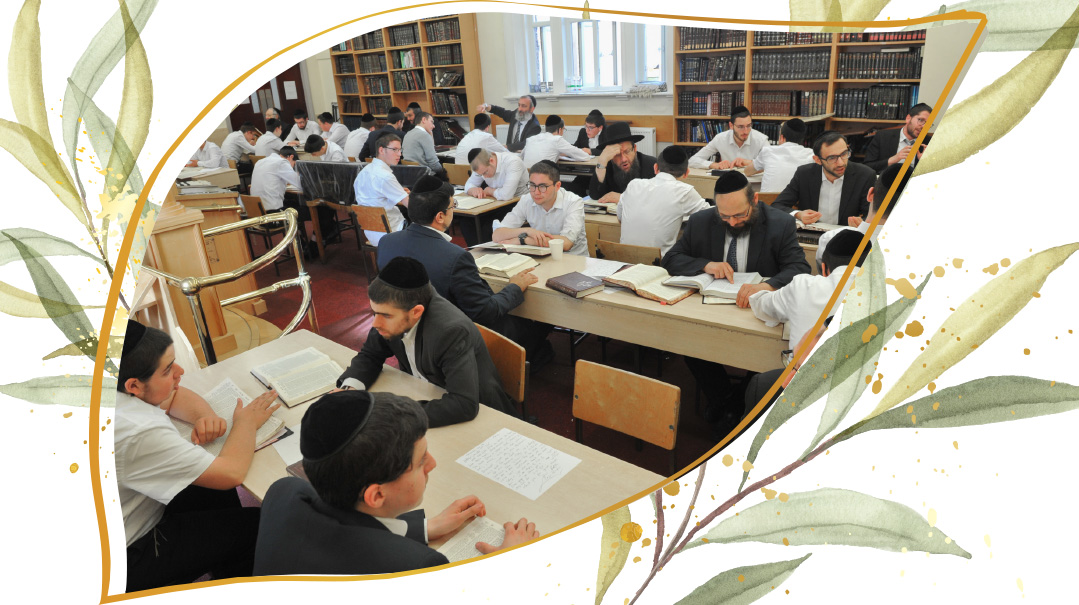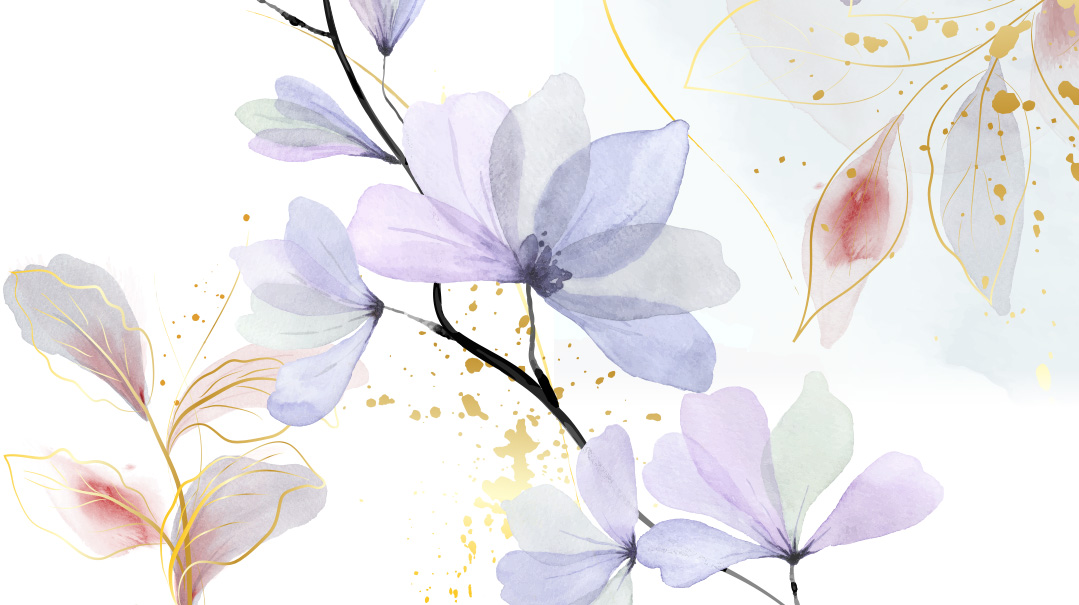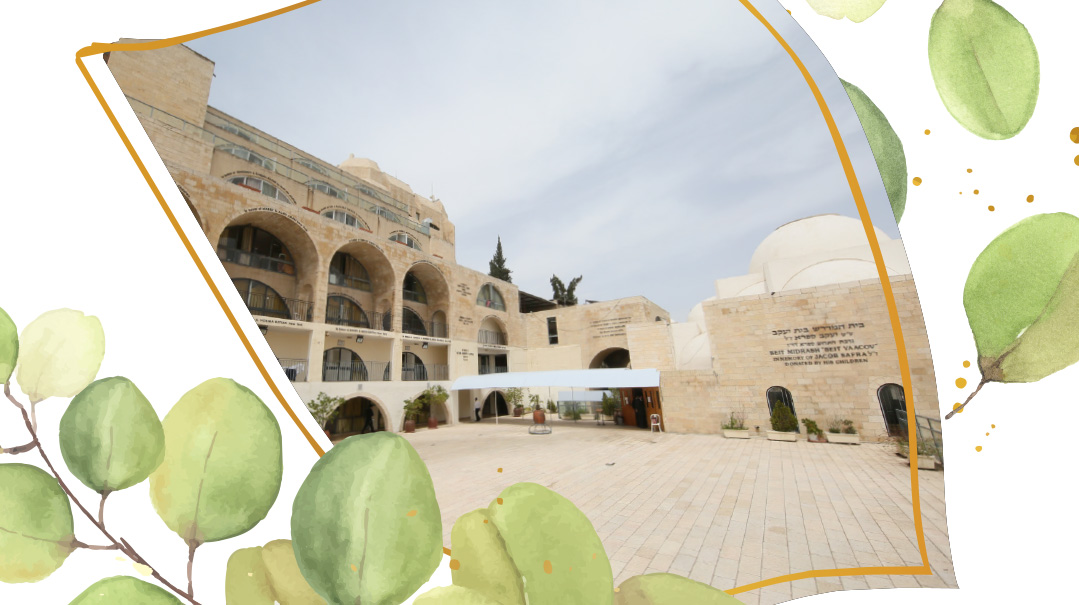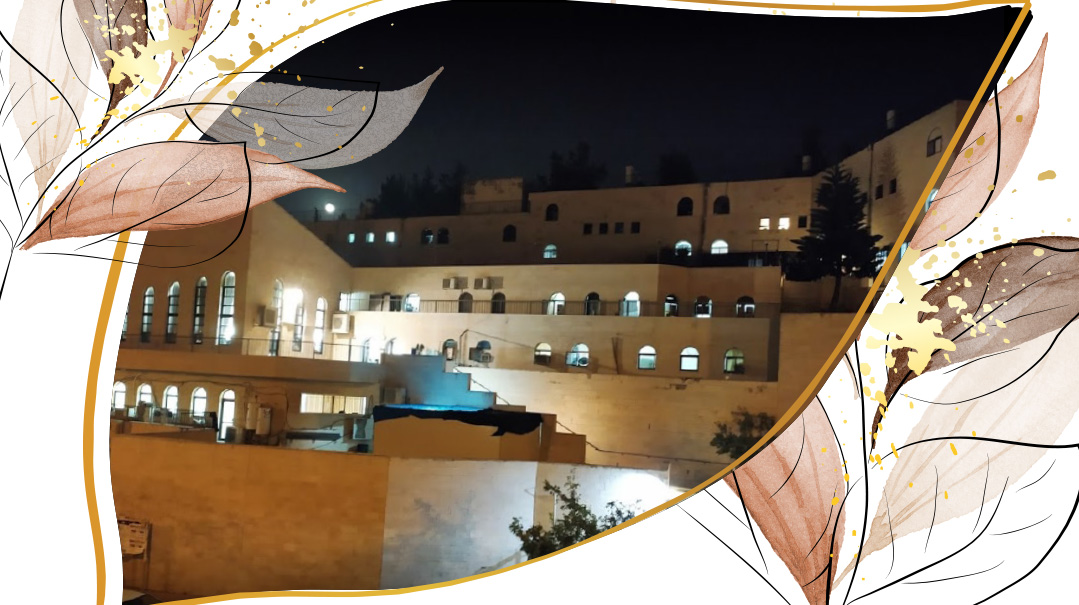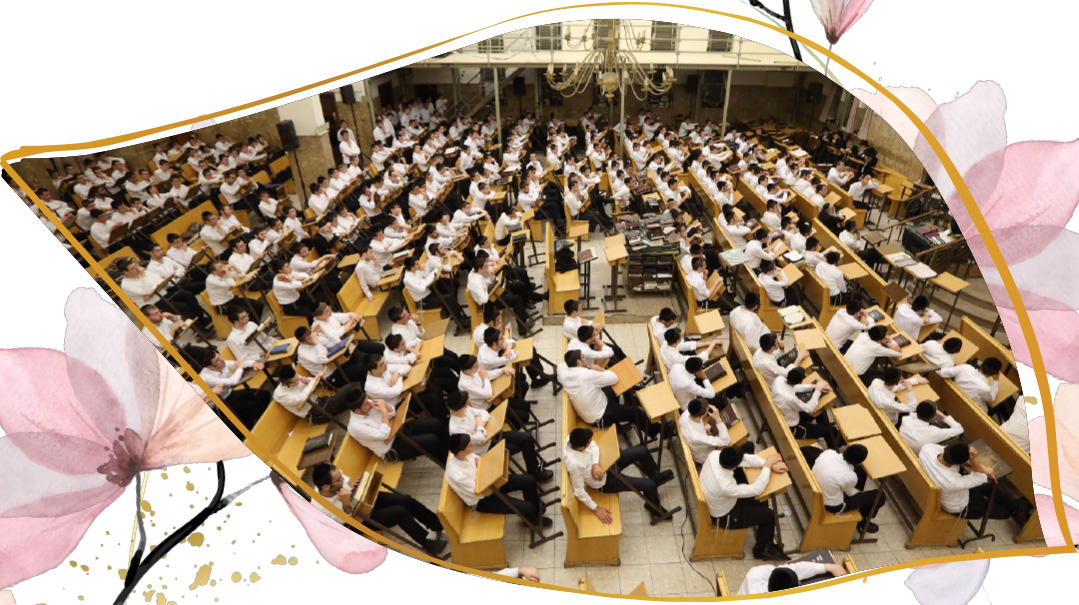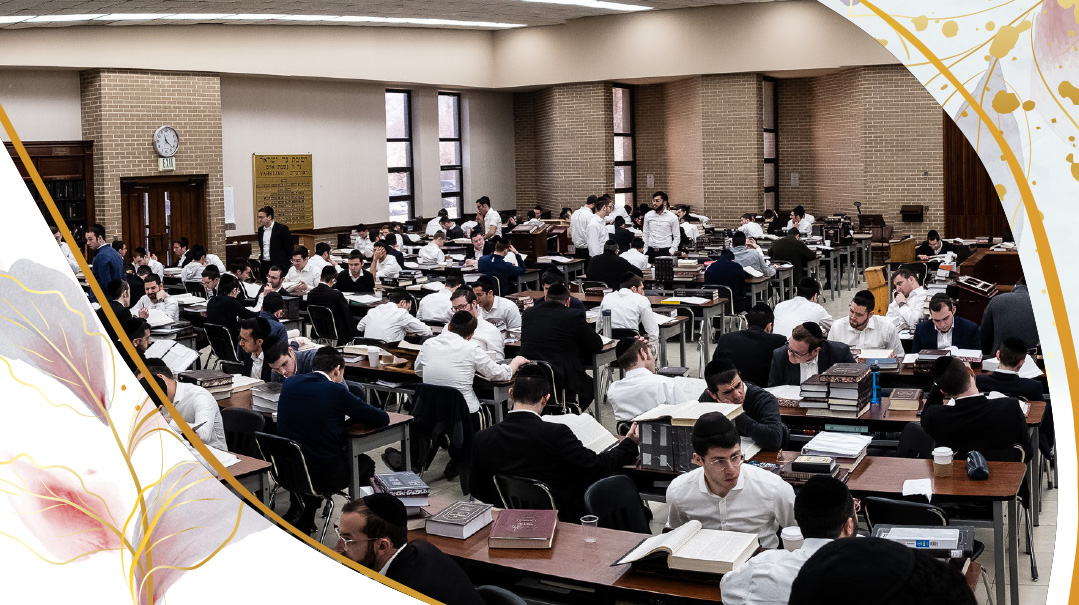What’s at the Center: Bais Moshe, Scranton
| May 31, 2022I grew up in yeshivah. My earliest memories involve our family — including my married sisters — sleeping in the yeshivah once a month

IN 1965, my parents, together with Rav Chaim and Rebbetzin Bressler, moved to Scranton, Pennsylvania. They came from Lakewood, where my father had been learning under Rav Aharon Kotler. Their goal: to start a yeshivah in a very small frum community, next door to the local day school.
At its inception, the yeshivah began with beis medrash and ninth grade. Over the years, it slowly grew, as more intrepid families began moving out of town to learn and teach Torah.
In 1976, the yeshivah bought its current campus, located in the former St. Mary’s hospital on Scranton’s South Side, 1.5 miles from the frum community. Legend has it — Wikipedia confirmed — that President Joe Biden was born in Room 12 (or was it 11?).
All this was before my time. By the late 70s and early 80s, the yeshivah was thriving, with about 120 bochurim and seven families in kollel, including my two oldest sisters.
I grew up in yeshivah. My earliest memories involve our family — including my married sisters — sleeping in the yeshivah once a month. The policy at the time was that the rebbeim would spend one Shabbos a month with the bochurim, and if their young families couldn’t make the trek over the highway (there’s no eiruv between the frum community and the yeshivah), they’d sleep over in the dorms.
It’s not as bad as it sounds. Scranton has two buildings. The main building houses the beis medrash and classrooms, kitchen and dining room, high school dorm, and the former nurses’ quarters, known as the “annex.” The second building held the dorm and, on the ground floor, Scranton’s only kosher grocery, though that came much later. We slept in the annex, where the rooms were marginally nicer than your typical dorm room and the bathrooms weren’t dorm bathrooms.
I lived for that monthly Shabbos in yeshivah — a big sprawling building (to my five-year-old eyes anyway), nieces and nephews to play with, and all the bochurim to annoy. We didn’t always bother them, however. As the baby of yeshivah, I was the favorite.
Oops! We could not locate your form.

